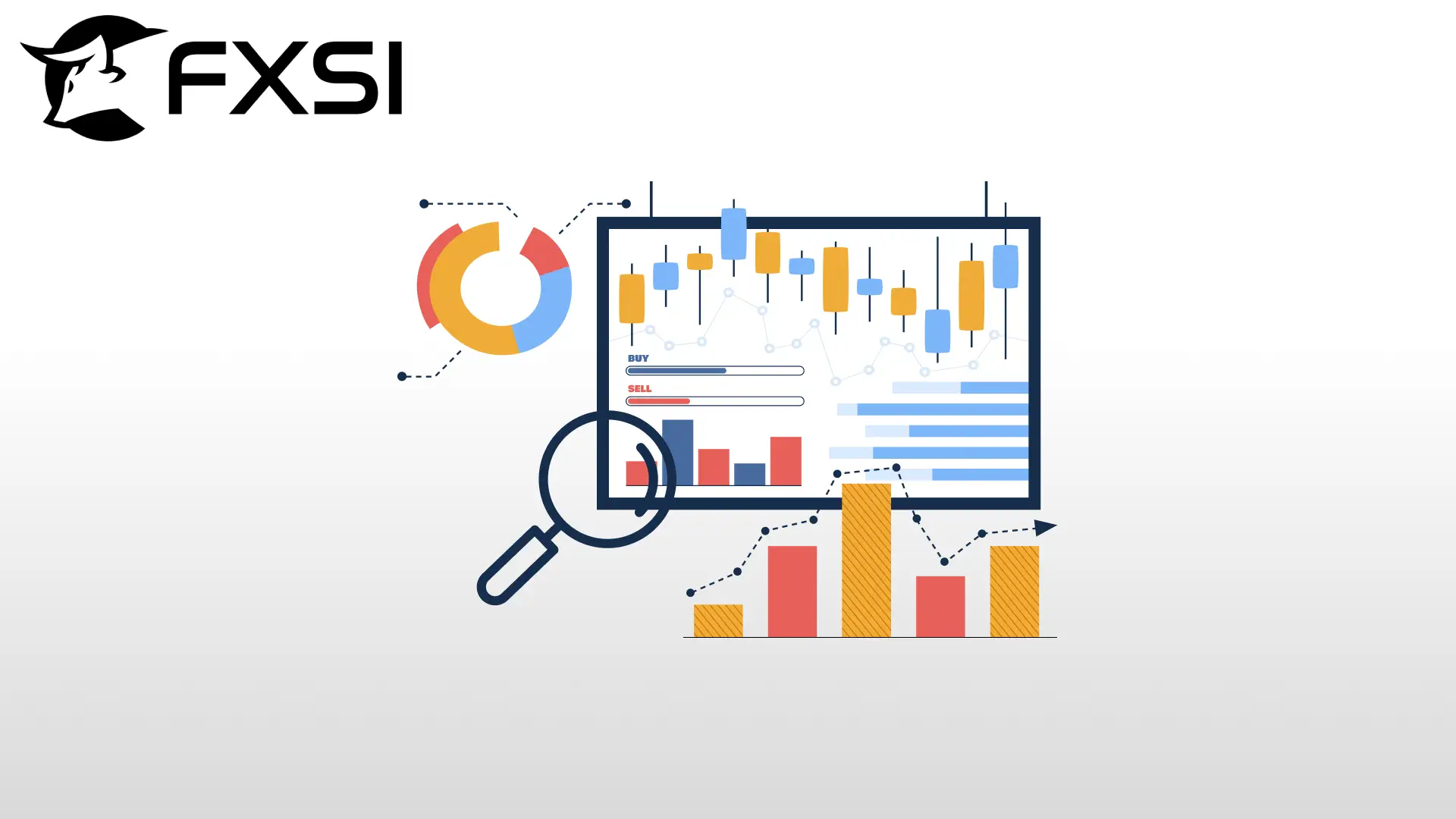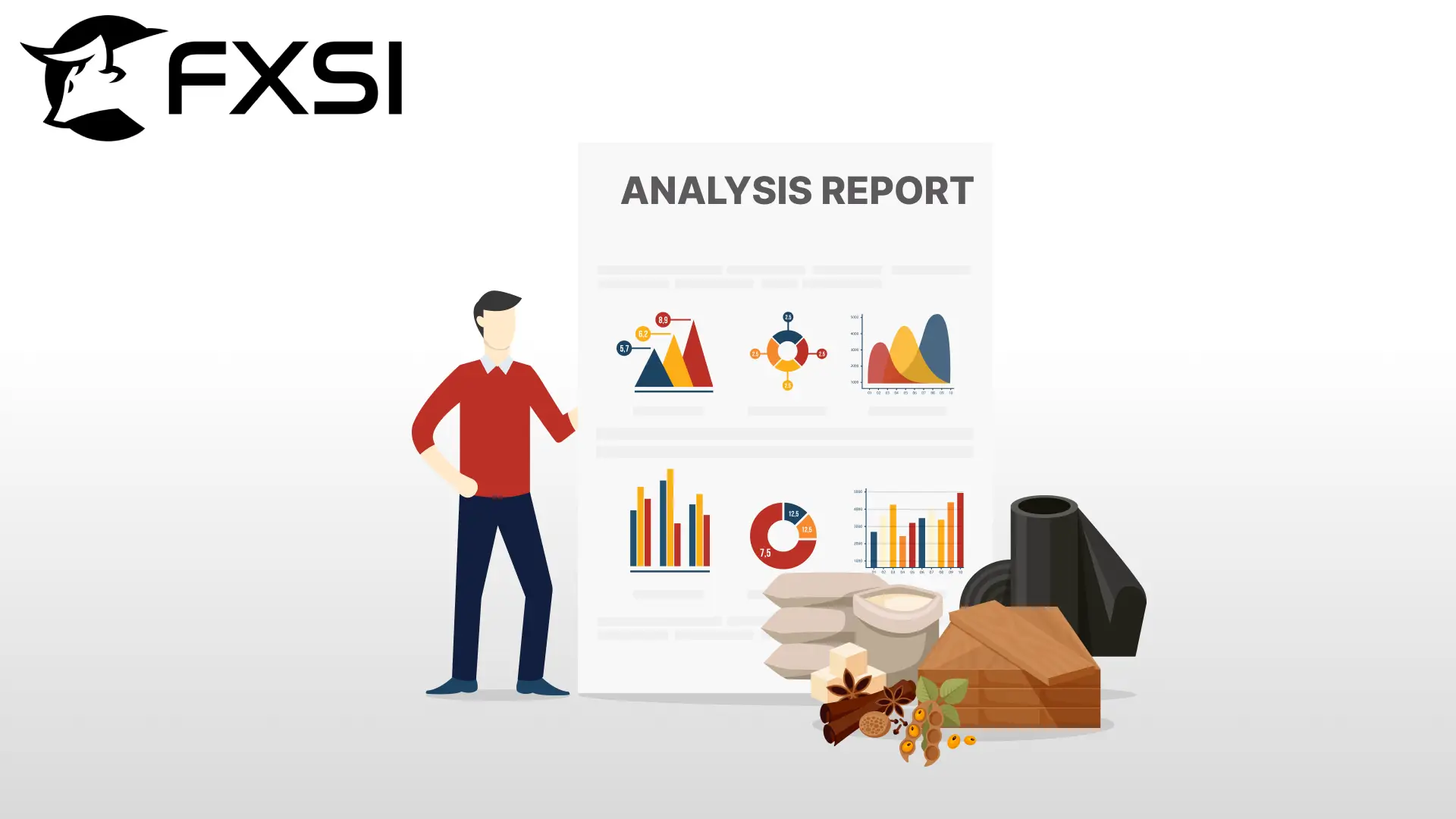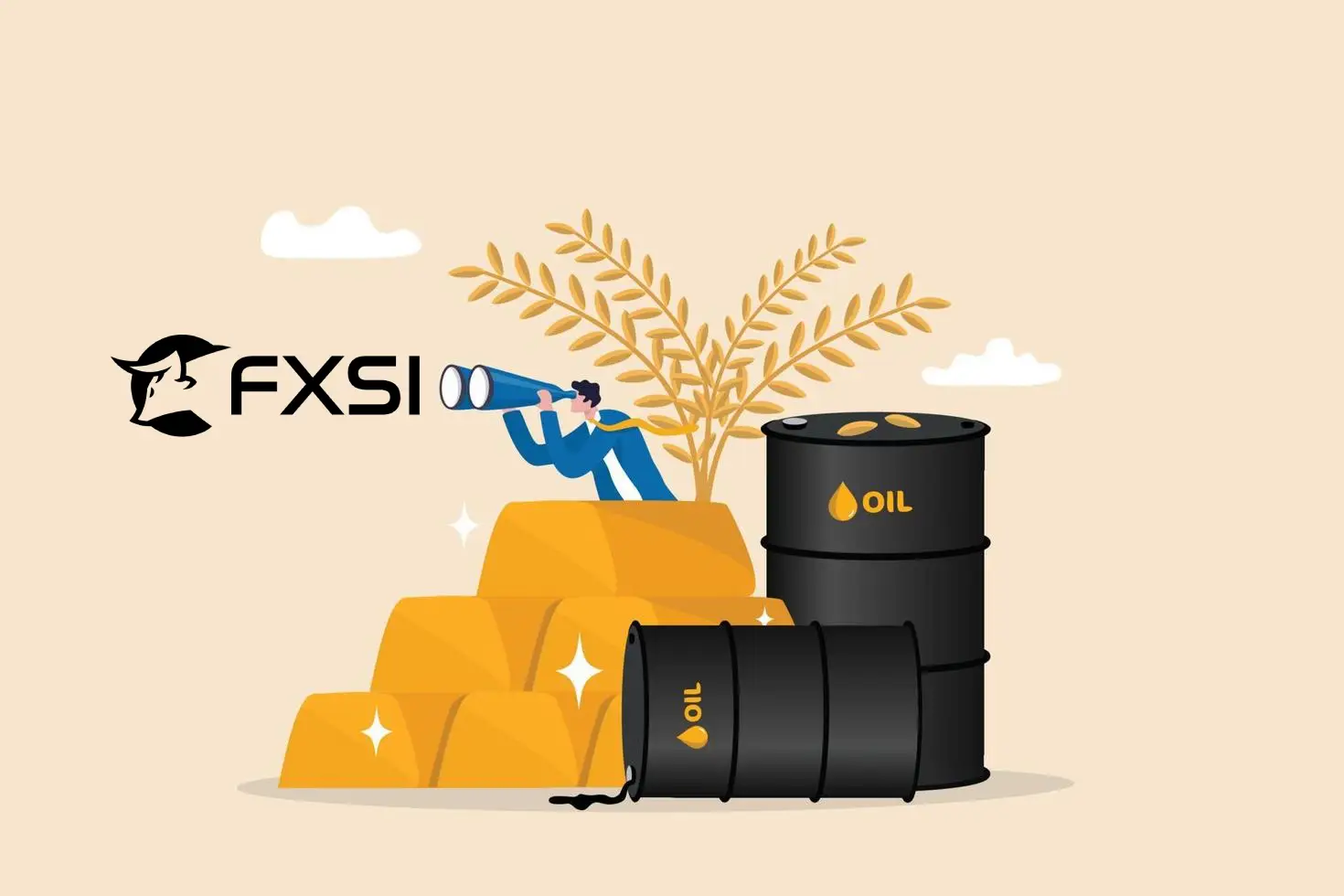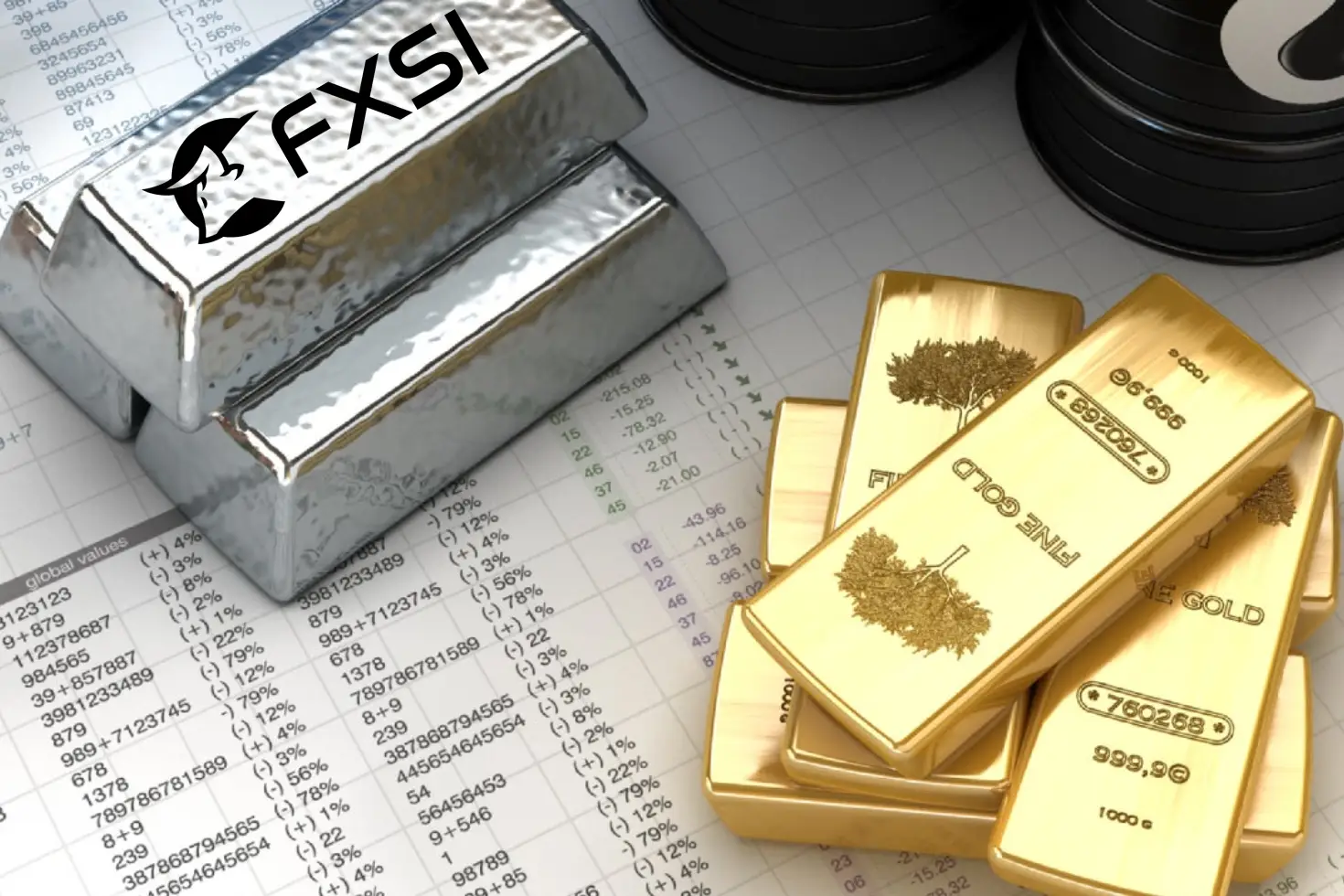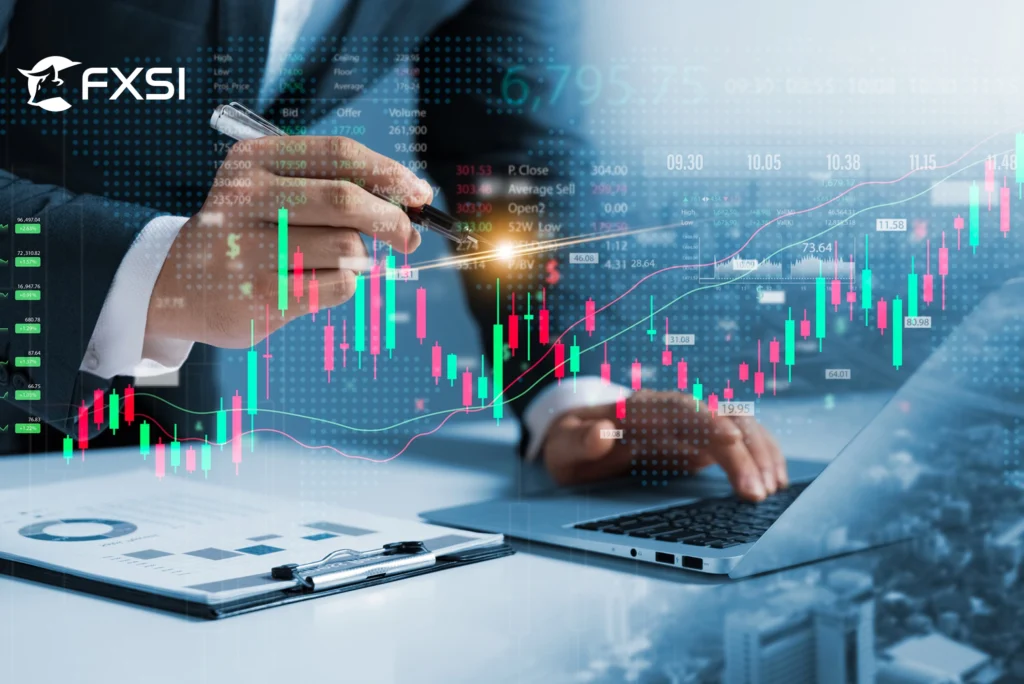Being informed of the commodity trading hours and market sessions is an essential requirement for any active commodity trader. This guide will review the exact hours of the market and enlist details about the market sessions and what impact they would have on the price’s movement.
Let’s start!
The Three Major Commodity Trading Sessions
The commodity markets around the world can be broadly classified into three trading sessions: Asian, European, and American. Each of these sessions differs from the others in price movements, amount of liquidity, and volatility.
Asian Session:
It commences with the opening of the major markets across Japan, China, and India. This session tends to have lower volatility but can influence certain commodities like oil, silver, and gold because of the high demand across Asia. The session usually runs from 6:00 AM GMT until noon.
European Session:
The start of this session is marked by the opening of London and other European markets which increases the overall volatility and liquidity. The energy and metal commodities are extremely active during this period and the session itself starts around 7:00 AM GMT. This session overlaps both the American and Asian sessions making it an important holistic trading session.
American Session:
The most active session coincides with the European session. Moreover, the volatility in the session is very high for conditional crude oil, gold, and agricultural commodities: it begins at 1 PM GMT and ends at 9 PM GMT.
Note: It’s critical to know how to manage risks in commodity trading!
Normal Trading Hours And Special Sessions
In India, commodity markets operate in two primary sessions:
- Morning Session (9:00 AM – 5:00 PM IST): Covers agricultural commodities.
- Evening Session (5:00 PM – 11:30 PM IST, extends to 11:55 PM during US daylight savings): Covers non-agricultural commodities such as metals, energy, and bullions.
At Diwali time, there also exists a special one-hour session known as “Muhurat trading” which is believed to be auspicious. Though primarily symbolic, this session is thought to bring prosperity to traders.
Trading Hours for Major Commodity Exchanges
Firms located in different parts of the world observe different trading hours:
- Multi Commodity Exchange (MCX, India) – from 9 AM to 11:30 PM, varying slightly with season.
- New York Mercantile Exchange (NYMEX, USA) – trades almost 24 hours a day except for a short break in between.
- London Metal Exchange (LME, UK) – has two trading sessions with peak trading activity in the European session.
- Chicago Mercantile Exchange (CME, USA): Major futures contracts, including crude oil and gold, can be traded nearly anytime during the day.
- Shanghai Futures Exchange (SHFE, China): It trades in three sessions, including an evening session that caters to the international markets.
Factors of the Commodity Trading Hours and Market Sessions
There are a couple of factors that predetermine the market’s trading hours:
Global Supply And Demand:
Scenarios like natural calamities and geopolitical issues can result in increased volatility and extended trading hours. Market stages are often resulted due to sudden demand spikes and supply shortages.
Market Regulations:
Market authorities have the freedom to make changes to alt trading limits which change session durations. During extreme price movements, exchanges tend to place restrictions to balance the market.
Differences in Time Zones:
Different markets around the world open and close at different times which results in increased and decreased levels of activity. As a result, certain commodities have periods of increased levels of volatility.
Political and Economic Events:
Events like trade pacts, government policy changes, and economic announcements all affect market timings. The announcement of interest rates in the US for example affects the price of oil and gold.
Seasonal Demand:
Gas and agriculture-related commodities have a specific trading activity due to peak demand season. As an example, energy commodities experience a peak in trading activity during winter when heating needs are high.
Note: Learn the difference between physical and financial commodities!
Best Times to Trade Commodities
Now, let’s learn more about the best commodity trading hours and implement them in your strategy:
Market Openings:
Why most traders take positions early in the session is because of price movements and liquidation right after the market opens. This is the most active time and developed positions from the night before are greatly benefited from.
Overlapping Sessions:
The periods in which the European and American times overlap are when gold, crude oi,l and stock index futures should be traded. This time offers high volatility.
Economic Data Releases:
Profits can be achieved by traders with report releases of non-farm payrolls, GDP updates, and interest rate decisions. Every scheduled economic event has a direct impact on price movements which traders profit from by keeping a close eye on.
High Volatility Periods:
Conditions that revolve around sudden supply chain disruptions, earnings reports, or major geopolitical events are the most lucrative for traders. If these are reacted to quickly, traders will benefit from price changes.
End of Trading Sessions:
Right before the closing of trading sessions is when the price fluctuations of certain commodities explode which allows traders great movements to exploit.
Handling Risk in Commodity Trading
Let’s have a look at the market sessions in commodity trading and how to actively manage your risk!
Use of Marketing Mix: Dealing with several commodities minimizes the effects of changes within the market. A trader should not depend on one commodity because conditions change frequently.
Stop Losses: Trades can be fixed so that losses may be reduced to a particular level. A trader decides how much is too much, and captures his trades at that mark. Stop-loss placing controls risk, which is a necessary precaution.
Paying Attention to Market Prices: Being kept abreast of present events in the market enable traders to forecast certain developments. Many price moves can be explained through technical and fundamental analysis.
Monitoring Margins: A trader knows how much equity must be in the account in order to remain open so that one is not forcefully exited from positions due to insufficient cash available. High margins can also force the closure of a trader account should large losses be made.
Risk Control: With options, futures as well as hedging, a trader can eliminate possible loss. Adverse price movements can be controlled with the use of derivatives contracts.
Note: Learn more about the types of commodities!
Holidays in the Commodity Market
Holiday observance in the commodity markets means that no trading occurs at all or may be done at set hours. Major holidays:
- Independence Day (U.S.): July 4
- New Year’s Day: January 1
- Thanksgiving Day (U.S.): Fourth Thursday in November
- Christmas Day December 25
Markets are not completely closed and traders need to check the respective exchange schedule in order to make plans as some other markets have limited trading periods.
Wrapping Up:
Those were the commodity trading hours and market sessions that you will be interested in as a trader. From now on, the most important thing is your strategy and determination to conquer the market. Regardless of whether you’re a newcomer or a seasoned trader, the information is a consistent guide to your success!
